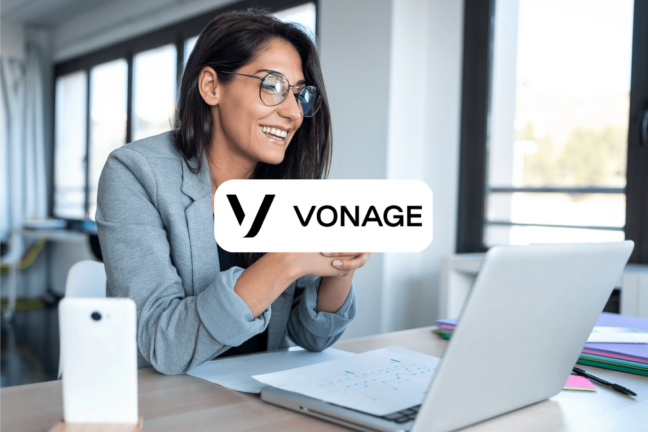The dawn of visual and voice search technologies is reshaping the way consumers interact with brands. It’s ramping up so quickly that Synup projects that voice assistant devices will double in 2024–up to 8.4 billion units. These emerging engagement channels are not just about convenience; they reflect a shift in consumer behavior towards more intuitive and natural interactions.
Users can now bypass traditional text-based search, opting instead for spoken commands or images. Augmented Reality (AR) promises to add another layer of immersion, potentially overlaying product details onto real-world objects of interest.

Voice assistants are quickly becoming domesticated, from smart homes to vehicles.
AI algorithms have grown adept at discerning objects within images, enriching the user experience with interactive shopping avenues and better-curated product suggestions.
NLP’s, as we touched on before, ensure voice systems grasp a diverse range of accents and linguistic nuances, leading to more natural interactions. As voice commands synchronize seamlessly with the burgeoning Internet of Things (IoT) ecosystem, the experience for the user becomes progressively more interconnected.
For businesses hoping to move purposely in this shifting terrain, the role of integrated CX platforms is needed. They stand as the connection between evolving search modalities and the end-users, ensuring a consistent and fluid customer journey. Integrated CX doesn't just facilitate the transition to these new search paradigms but optimizes them, providing a cohesive brand experience across all channels.
As brands integrate visual and voice search, they position themselves optimally, aligning with user preferences and ensuring seamless, effortless engagement at every touchpoint.
- The proliferation of visual and voice search is a testament to the evolving consumer behavior, emphasizing convenience and intuitive interactions. This isn't just about technology adoption but about understanding the nuances of voice and visual interactions, the contexts in which they're used, and the expectations consumers have.
- AI will be instrumental in this transition. It's the backbone that will make voice and visual search not just functional, but exceptional.
- For voice search, AI-powered Natural Language Processing (NLP) will be crucial in understanding and processing diverse linguistic nuances, accents, and intents. For visual search, AI's role is in image recognition and processing. As consumers snap photos to search for products or use Augmented Reality (AR) for immersive experiences, AI will be working behind the scenes, analyzing images, matching them with vast databases, and providing relevant results.
- As we get closer to 2024, businesses should not only integrate visual and voice search capabilities but also invest in AI-driven platforms that can optimize these interactions, making them more efficient, personalized, and in tune with consumer expectations. This is not just about staying relevant; it's about leading in an era where every touchpoint with a consumer matters.
Erik Skurka, global commercial director at InMoment, stands out as a visionary Product & Design Senior Executive at InMoment, celebrated for his exceptional ability to tackle and resolve complex challenges that many avoid. He has an impressive history of leading, coaching, and developing teams to create innovative consumer and B2B software products, with a particular emphasis on profitable product growth, a field he valued long before it became an industry norm. His expertise spans a broad spectrum, including Agile, Scrum, SEO, SEM, and various aspects of digital product development and strategy, underscoring his role as a multifaceted and forward-thinking leader in the tech industry.









